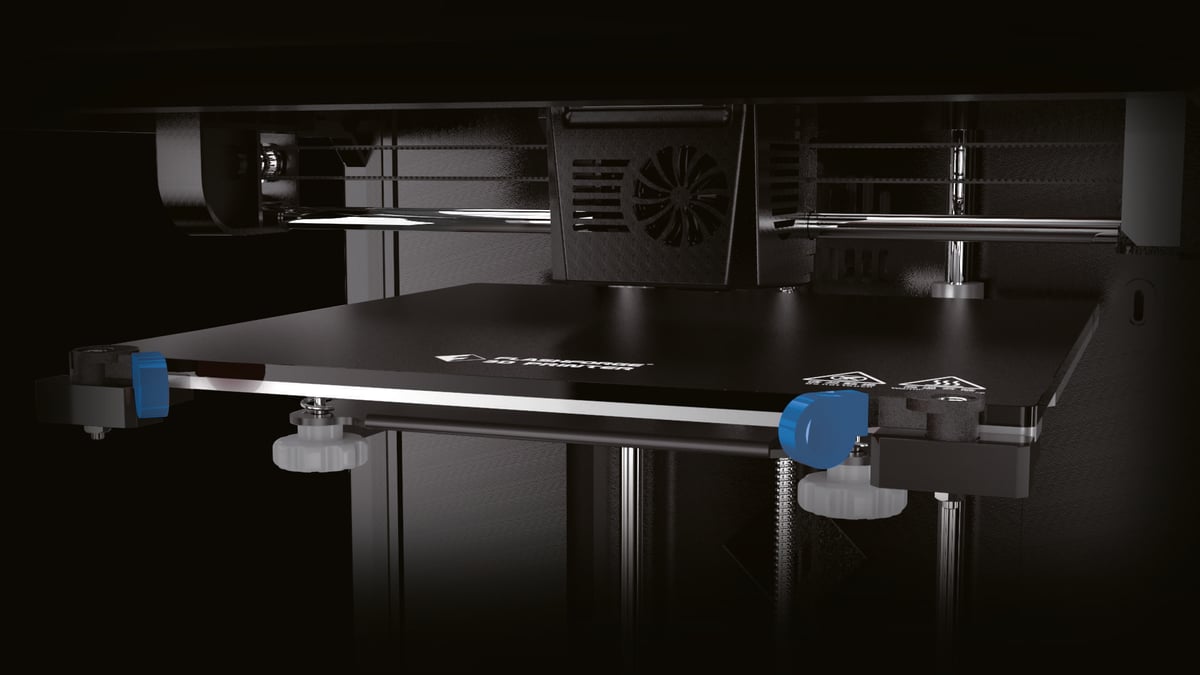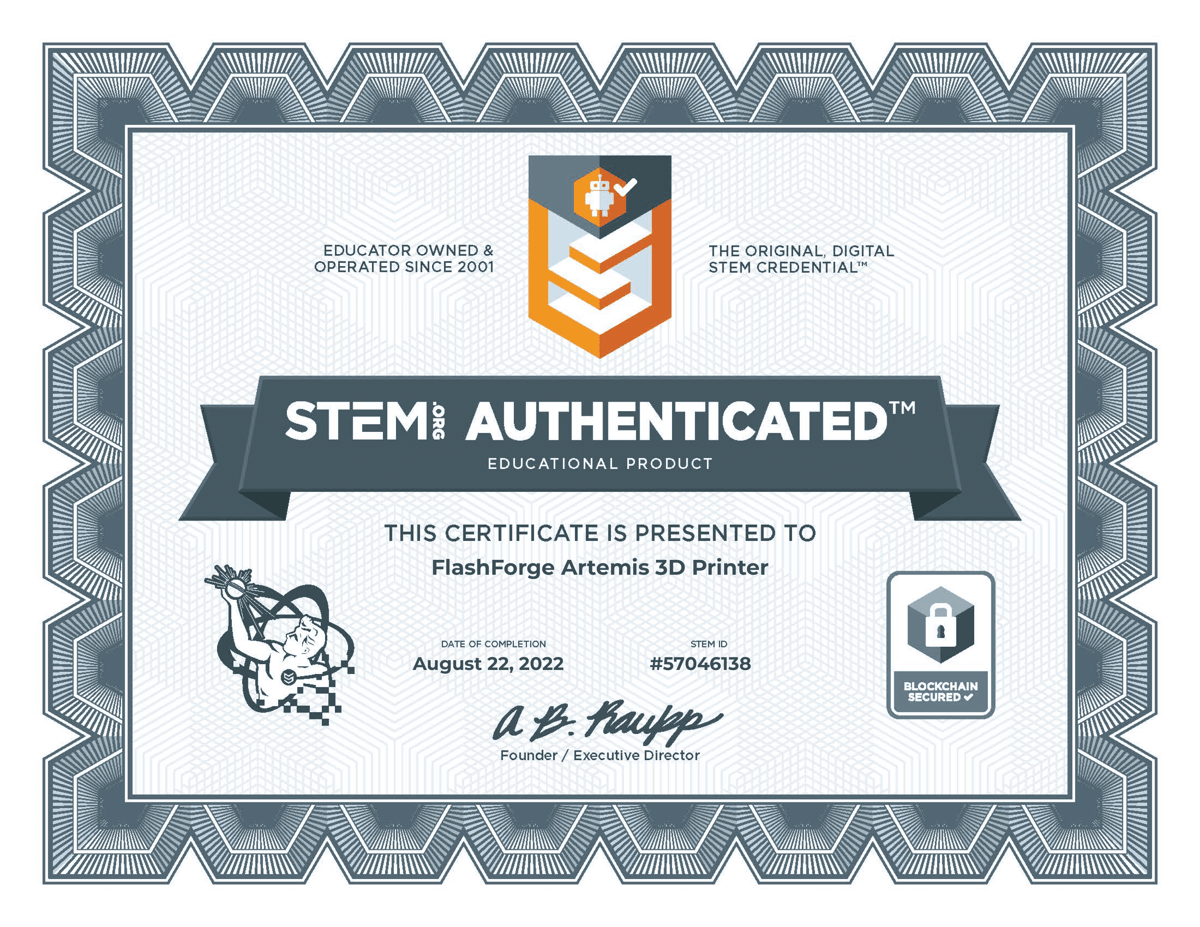From a DIY Machine to 3D Printers in Classrooms Across the World
FlashForge, a 3D printer manufacturer known for its wide range of consumer and professional 3D printers, has a DIY origin story. Before it all started, Flashforge first hit the scene in 2011 with the release of its original Creator 3D printer (yes, the classic open-source printer with the wood case). Perhaps a lesser-known fact about FlashForge is that, since then, the manufacturer has continued on its mission to bring 3D printing affordability to the mainstream, positioning itself as a pioneer in the desktop 3D printer space.
The brand began by selling hardware through its online store and soon expanded its footprint to retail stores such as Amazon and B&H. Now, Flashforge operates through different regional websites, and for customers in the United States., the FlashForge USA website is the portal that provides education about its products, as well as pricing and warranty information (this is regionally-based, so customers should take note on where the printers are being purchased from).
Back when the original Creator 3D printer was unveiled, STEM education was not as well-known as it is today. In most K-12 classes, curriculums that focused on science, technology, engineering, and mathematics were not offered. Over the past decade, more and more educators have noticed the importance of equipping younger generation with STEM knowledge. The initiative was pushed into the mainstream attention under former President Barack Obama’s “STEM for All” program. To date, there is an estimated 90 public high schools with robust STEM curriculums, and FlashForge sees an opportunity to help even more schools and institutions by providing the tools and courses needed to support this initiative.
Flashforge Plans to Expand Further into STEM Education

So, who are FlashForge’s current customers in the field of education? The brand has served top universities such as USC, MIT, and Rice University – just to name a few. According to Flashforge, these prestigious schools have chosen FlashForge over other brands for quality and price. FlashForge has also stepped up to manufacture 3D printers for MakerBot and Dremel, two other well-known brands in the educational 3D printing space. With a star-studded roster of schools and an expansive market reach, this should serve as a stamp of approval for the STEM-ready quality of FlashForge 3D printers.
FlashForge Rolls Out Educational 3D Printer Lineup
Flashforge’s dedicated educational 3D printer webpage showcases four different 3D printers, each of which are engineered for the educational setting and STEM-focused classes. Those interested are highly encouraged to take a look at each offering and compare the different feature sets. You can also consult directly with the folks at FlashForge USA to help decide which 3D printer might be right for your school or STEM program. Released earlier this year, the FlashForge Artemis is the latest model from the manufacturer that has been certified by STEM.org as an Authenticated™ Educational Product. This certification means that Artemis and the lesson plans offered by FlashForge provide a clear pathway for students to embark on an educational journey towards various STEM initiatives.

FlashForge Helps Brings the Fourth Industrial Revolution into Schools
As many in the 3D printing space have alluded to, the Fourth Industrial Revolution has been ushered in with the advent of novel technologies like additive manufacturing. FlashForge is doubling down its longstanding efforts to make 3D printing more accessible to more schools and educational spaces. The company has partnered with Learnbylayers, an educational platform started by a teacher, to provide lesson plans that teachers can use in their STEM programs. With FlashForge offering its easy-to-operate 3D printers and Learnbylayers providing the lesson plans for beginners to intermediate students, it is a package deal that comes ready to be utilized by more schools.
FlashForge 3D printers are available through FlashForge USA, all of which are shipped from its Los Angeles, California facility. FlashForge USA accepts purchase orders from schools as well. Contact their product specialists at sales@flashforge-usa.com for any inquiries today.